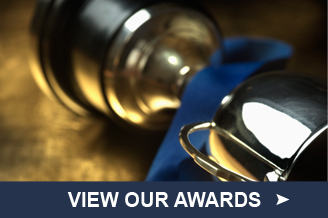On October 21, 2013, Governor Andrew M. Cuomo signed amendments to the New York Labor Law, Art. 4-A, §§ 150-154, the laws governing employment of child performers. The new law went into effect on November 20, 2013. The amendments expand coverage of the law to include runway and print models under the age of 18, a significant feat since these youngsters previously were not afforded the same protections as young entertainers such as child actors.
As a result of the new law, employers of child models (as well as their parents or guardians) will have additional responsibilities and obligations. Some of the most notable include:
- Employers must notify and obtain a certificate of eligibility from the Department of Labor, and the child must provide the employer with a Child Performer Permit before commencing work.
- Employers are required to provide teachers to child models if their modeling schedule prohibits them from receiving adequate and regular schooling.
- Employers must designate a “responsible person” as a chaperone for all child models under the age of sixteen (16); and for infants, employers must have a nurse accompany the infant at all times (in addition to the responsible person).
- The manner in which employers compensate child models is also regulated in that employers must transfer at least fifteen (15) percent of a child model’s gross earnings into a trust account.
- The new law imposes additional health and safety requirements, as well as restrictions on the hours and mandatory rest periods provided to child models. Many of the work hour restrictions vary based on the age of the child model.
- Should the Department of Labor find that a child performer’s employer has violated any provision of this article, the Department is entitled to assess civil penalties of up to $3,000 per violation.
Employers that use child models should familiarize themselves with the detailed regulations governing child performers to ensure that their employment of these individuals is in compliance with the new law. Employers should also closely monitor the Department of Labor’s activity regarding any amendments to existing regulations as well as the implementation of any additional requirements.






